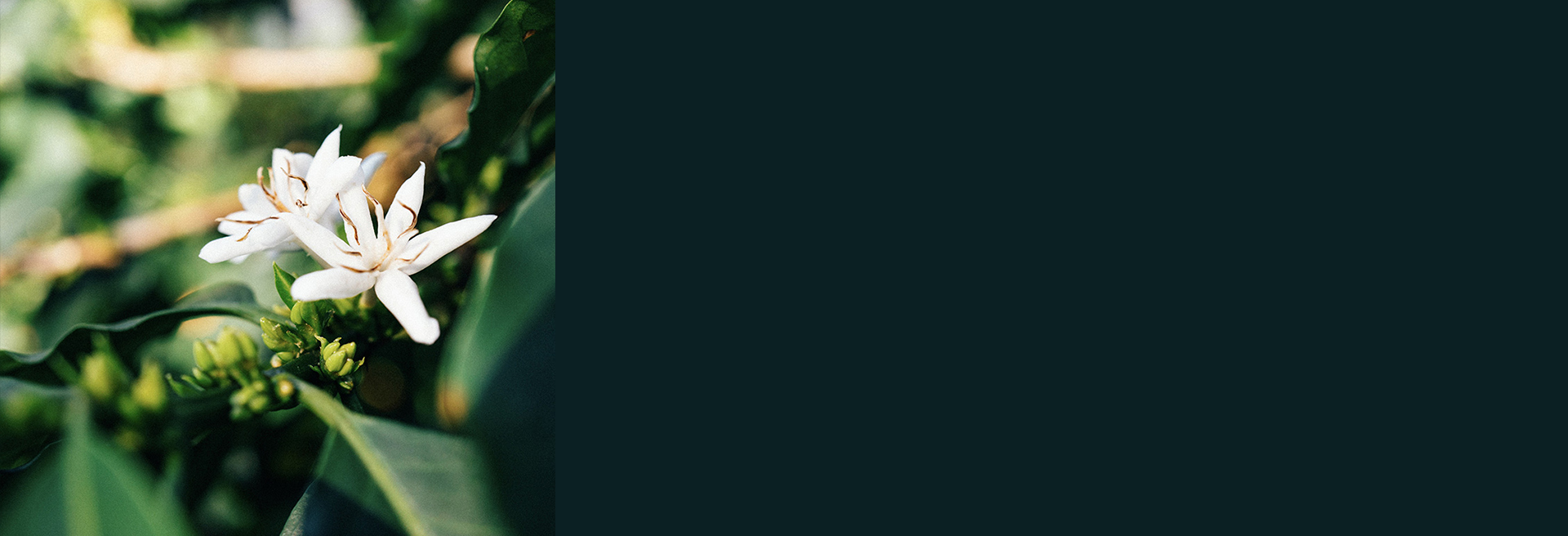FREE EU SHIPPING ON 4 BAGS
Brazil
Manga Larga
250g
QUALITY SCORE: 87.00
Cup Notes
Plum / Lime / Cherry Cassis / Toffee
Suggested for espresso and filter
when we roast
We freshly roast to order all coffees on Monday, Wednesday and Friday (excluding national holidays), and ship the same day! Cut-off time is 11:59pm (UTC+1) of the day before the roast day. *We only ship whole beans*
Details
- Quality Score
- 87.00
- Producer
- Flavio Reis
- Country
- Brazil
- Terroir
- Sul Del Minas
- Altitude
- 950 mt
- Process
- Classic Natural
- Arabica cultivar
- Topazio
- Picked in
- July 2020
- Arrived in
- January 2021
- Shipped in
- Jute + GrainPro
- Roast profile by
- Rubens Gardelli
- Roasted on
- Customised solid-drum roaster
THE STORY BEHIND
Coffee production began on the Rancho Grande Farm in 1933, when Mr. Aneite Reis inherited 5 hectares of crops. Today, the farm is run by José Carlos Reis and his son Flávio (Fafa) Reis, Mr. Aneite's son and grandson respectively. The mission of the farm is to responsibly produce coffee of the highest possible quality, while protecting the environment and caring for the well-being of its employees. Several employees live in the farm houses and are provided with subsidised electricity for those houses, and food. The management is open to change and trying new techniques. For instance, several static drying boxes have been acquired to help improve the quality and profile of the coffee produced. José Carlos and Flávio have been working hard on improving the quality of their coffees for the specialty market and boosting all aspects of the production of these lots, from cultivating to picking to post-harvest treatment.
During the 2019 harvest some exciting processing experiments started on the farm, testing the boundaries of what is possible for the coffees from this farm. Initially there had been some very good results from using the new static boxes to help slow fermentation and drying to create the unorthodox profiles. By building on this initial work and adding another layer of pre-anaerobic fermentation before drying in the static boxes, some coffees with outstanding cup quality were produced. This range of coffees is named after a breed of horse, that the region is famous for, - Manga Larga. The breed is known for its high quality and special attributes; it is also part of the story at Rancho Grande.
THE VARIETY
Topázio (also Topacio) was developed at the Agronomic Institute of Campinas (IAC) in Brazil during the 1960s and 1970s.
Originally obtained from the cross of Mundo Novo and Red Catuaí and then backcrossed again with Catuaí, it is perhaps no surprise that Topázio MG 1190 bears some similarities to Catuaí both morphologically and in the cup. The cultivar is relatively short in stature, like Catuaí and displays excellent reproductive capacity without exhibiting exhaustion after elevated production.
Topázio fruits are yellow, and the cherry maturing process is halfway between Catuaí and Mundo Novo both in time and uniformity.
THE FERMENTATION PROCESS
Dry process seems simple: pick the fruit, lay it out in the sun until it turns from red to brown to near-black, and then hull off the thick, dried outer layer in one step to reveal the green bean. It is a method suited to arid regions, where the sun and heat can dry the seed inside the intact fruit skin.
It's often referred to as "natural coffee" because of its simplicity, and because the fruit remains intact and undisturbed, a bit like drying grapes into raisins. Since it requires minimal investment, the dry process method is a default to create cheap commodity-grade coffee in areas that have the right climate capable of drying the fruit and seed.
But it’s a fail in humid or wet regions. If the drying isn't progressing fast enough, the fruit degrades, rots or gets covered with mould.
Dry-processed coffees can also be wildly inconsistent. If you want a cleanly-fruited, sweet, intense cup, dry process (DP) takes more hand labor than wet process. Even the most careful pickers will take green unripe or semi-ripe coffee off the branch as they pick red, ripe cherry. If these are not removed in the first days of drying, the green turns to brown that is hard to distinguish from the ripe fruit.
Once the coffee has been mechanically harvested it is then separated using density which separates the levels of ripeness.
The coffees are taken to the patio to dry for 22 days (dry in the sun) in the management of folds (first days grain to grain, until the skin withered and darkened, then they are placed in heaps for 3 to 4 days and finished doing the process. rotate the grains in the drying patio until it reaches 11.5% humidity.



